Did you ever receive an instruction manual that is designed to tell you how to assemble something when you make a purchase? Often times whether it’s putting furniture together, installing appliances, or assembling exercise equipment, the instruction manuals are so difficult to understand that they need an interpreter to come with them. Other than using the internet and looking for videos of how to assemble these items, wouldn’t it be nice if there was a way these instructions were broken down into a simpler explanation? Some may view the dangerous goods regulations the same way, they give us instruction on how to mark, package, and fill out paperwork, but there are times when the wording can be difficult to understand no matter how many times you read it over and over again. As confusing as the 49 CFR can be at times, PHMSA has an interpretation portion of their website which helps explain the various regulations if you are having difficulty understanding something or if you feel like there is a grey area that needs further explanation.
What are PHMSA Interpretations?
Essentially, PHMSA interpretations are written explanations of the 49CFR hazardous materials regulations from various members of the PHMSA. The interpretations come in the form of letters that originate from various dangerous goods professionals asking specific questions about the regulations and the questions in the letters are answered from members of PHMSA. They are to be used only as a form of guidance when following the regulations. Do keep in mind that the interpretations that are currently posted in the database reflect the current application of the 49 CFR to the specific questions and may be removed if there are changes to the regulations or deemed inaccurate. The PHMSA interpretation browser can be found on PHMSA’s website and is free for all to use. If you are ever confused about a specific regulation in the 49CFR, the interpretation section can provide clarification. For example, 49CFR 173.187 (c) calls for 4G packaging for Pyrophoric solids, metals, or alloys, n.o.s. that have an inner metal packaging to have a positive means of closure. What exactly is a positive means of closure? Well, somebody posed this very question per the interpretation here.
They asked if a Ringlok would fulfill this part of the regulations and be considered a positive means of closure. Well, the answer to that question isn’t found at 173.187 ©; it just merely tells us what is expected of the packaging; no other specifics are mentioned. In this particular case, the PHMSA interpretation says that it is the opinion of their office that a Ringlok would be considered a positive means of closure as mentioned in 173.187. So, the PHMSA letter was given an interpretation number and placed on the PHMSA website to provide guidance to dangerous goods professionals that are in a similar circumstance. The PHMSA interpretation browser is broken up into different parts and subjects in the 49CFR and also includes a search function if you are looking for specific clarification using a keyword. If you can’t find an interpretation letter that suits your needs, you can always write a letter to PHMSA and request answers in the form of an interpretation. If PHMSA answers your letter, they may even put it in the interpretation database for all to see. PHMSA’s interpretation browser can be found at the link here.
In addition to reading the different interpretations to help you get clarification of the regulations, here at ICC Compliance Center we offer free regulatory support for existing customers. Feel free to call us at 855-734-5469 for more details.
Stay up to date and sign up for our newsletter!
We have all the products, services and training you need to ensure your staff is properly trained and informed.
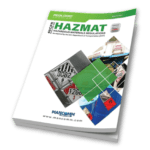 US 49 CFR Publications |
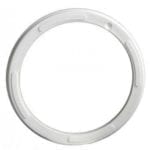 Ringlok and Overseals |
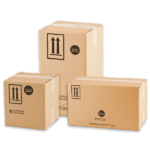 UN Packaging |
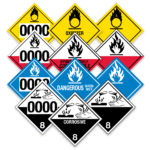 Labels |


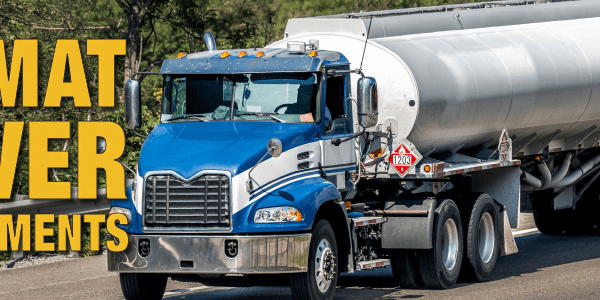

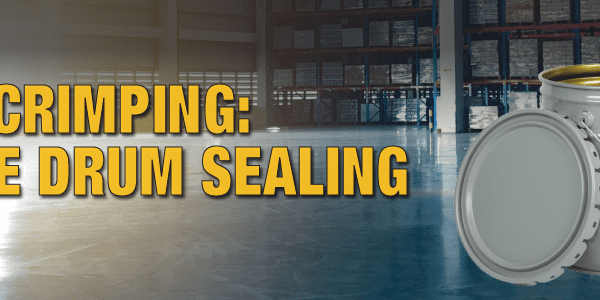


 ICC USA
ICC USA ICC Canada
ICC Canada